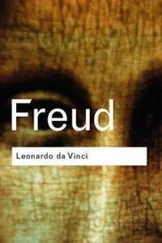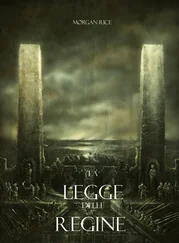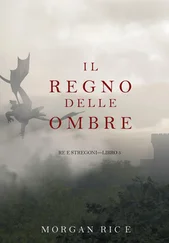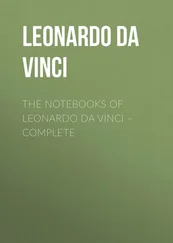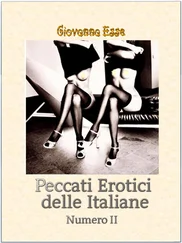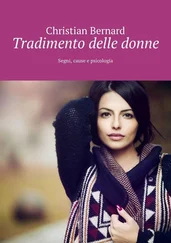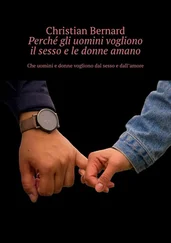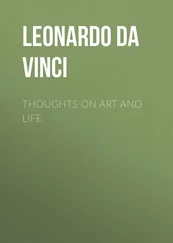Leonardo's training, however, was mainly carried out by Andrea del Verrocchio, who was actually called Andrea di Michele di Francesco di Cioni and was born in 1435 in Florence. He was a sculptor, a painter and also an excellent goldsmith. Under Piero de' Medici he became one of the great artists of the city, opening his own workshop. Under the aegis of Lorenzo de' Medici, the Magnificent, he brought together in his workshop the greatest artists of the city: the new stars of the artistic and artisan scene of the time. As a painter, Andrea del Verrocchio stood out for his markedly realistic style, taking up the pictorial styles of Flemish painting. In Verrocchio's workshop, Leonardo quickly distinguished himself through his various talents, working feverishly on many commissions: paintings, sculptures, goldsmith's works and decorations for the magnificent new palaces of the powerful patricians. Orders, which in many cases came from the most lavish Italian extravagant courts. Both wealthy noble families and patricians from all over Italy wanted to participate in the new Florentine trends in art and culture.
Verrocchio made people talk about himself above all as a sculptor. His tomb of Piero and Giovanni de' Medici and his extraordinary bronze sculpture of the David testify to his great perfection and impressive effect, creating a new style with a lively ideal of beauty. His works are realistic, harmonious in their proportions and imposing effects of light and shadow that permeate the figure in a given space. His sculptures have become the reference point for the new style of the Florentine Renaissance. By the way, for the bronze statue of David by Andrea del Verrocchio, completed by the Florentine master between 1472 and 1475 and now on display at the Bargello Museum in Florence, it is assumed that the young model to represent the David was an adolescent Leonardo. It would indeed be one of the few works in which the young Leonardo would have been represented. Strangely enough, there would be no self-portraits of the universally skilled master, who throughout his life painted and drew everything and everything in an obsessive and tireless way. There are few exceptions to the rule. The Portrait of a Musician exhibited today at the Pinacoteca Ambrosiana in Milan should be also a self-portrait of Leonardo da Vinci, according to art historians. He painted it around the year 1485, when he was already at the court of Ludovico Sforza. It is also presumed that he represented himself when he drew the Vitruvian Man with his ideal dimensions. All these portraits show, according to expert opinion, a surprising resemblance to the plaster drawing of 1515, considered the self-portrait of the 63-year-old Leonardo and now kept in the Royal Library of Turin.
Andrea del Verrocchio was a friend of Piero da Vinci. They knew each other well because they both worked around the environment of the Medici family. Needless to say, Piero da Vinci presented some drawings of his talented son to the famous master to hear his opinion. In the meantime, Leonardo had also convinced his father of his talent. Drawing with his left hand, Leonardo captured nature and the deep facets of reality with rapid brushstrokes in a rapid manner and with impressive precision. Master Verrocchio, on the other hand, was so dazzled by the drawings that he readily accepted Leonardo in his laboratory, which was regulated according to strict principles. The exercise of drawing had an absolute priority in the training of painters, sculptors and architects. In addition to being a daily subject for students, it was also a central element in the creative process. Drawing was, so to speak, the practical and spiritual basis of artistic activity. It allowed not only the sketch of the motif, but also the corrections in the general composition. On the other hand, this exhausting exercise was indispensable to achieve the uniform artistic signature of the entire workshop. Even his pupil Leonardo drew men, animals, landscapes and architectural details on countless sheets, interiorizing both the style and the repertoire of his master Andrea del Verrocchio. For Leonardo, drawing actually became the real engine of his art. Whether it was a painter, an inventor, a sculptor, an anatomist, an engineer or an architect: at the beginning of the creative process there was always drawing. It was the expression in which his brilliant spirit of invention and representation was manifested. With the pen, pen and brush, his creative mind took shape immediately.
However, the precise date on which Andrea del Verrocchio welcomed Leonardo into his workshop is now uncertain. Some art historians believe that it probably did not take place until 1468, when Leonardo was 16 years old. His real training took place in the period from 1469 to 1470, as other reliable sources show. After that Leonardo went his own way, professionally. In 1472 he was already known as a high-ranking painter and his services were requested in Florence. In 1472, in fact, Leonardo was explicitly mentioned in a document of the Compagnia di San Luca. Now this ascending painter is certainly part of the famous guild, which were joined by the most important painters of Florence. A note from this guild confirms the payments for June and November. Although Leonardo was still a member of the workshop of his master Andrea del Verrocchio, this note shows that he also accepted and carried out tasks independently.
The representation of pure and candid nature has always exerted a certain fascination on Leonardo throughout his life. In this field he quickly reached an inimitable style. This characteristic can be seen especially in his early works. On August 5, 1473, for example, he executed the drawing Landscape with River, in which he represented a view from the top of the Arno valley. In other works by Andrea del Verrocchio's workshop, such as the Archangel Raphael and Tobiolo, art historians also attribute the depictions of nature to Leonardo's contribution. His typical pictorial style was unmistakable and clearly noticeable. For example, a fish that twists in its movement of life and the bounce of a lively poodle, which not only stands out for its naturalness, but that is unique for the time, stands out. Another example is the Madonna and Child with Angels, whose representation of nature in the background clearly refers to Leonardo's legendary river landscape with its many aspects of meaning and interpretation.
However, despite his rapid affirmation as an artist, the recognition by his father Piero left something to be desired, which he himself often complains about in his diaries, while the extraordinary art of Leonardo in Florence was already on everyone's lips. Although his relationship with his former master Andrea del Verrocchio was now collegial, Leonardo's painting had already far surpassed that of the master. Art historians unanimously cite the following example: between 1475 and 1478, the master Andrea del Verrocchio and his pupil Leonardo painted the painting Baptism of Christ for the monastery of Vallombrasano di San Salvi, now on display at the Uffizi Gallery. The work commissioned was a mirror of the different pictorial talents that the workshop was able to produce. On the painting, the pictorial styles of Andrea del Verrocchio and Leonardo are under the eyes of all. The angel at the bottom left of the painting, whose long, naturally graceful curls immediately capture the attention that involuntarily moves from the centre of the painting, even though in the general composition it was more likely that it was considered as a marginal element. The landscape in the background also magically attracts the eye of the careful observer of the painting. Leonardo painted the subject with his soft and unmistakable brush stroke. The grace and softness of the depictions literally go beyond the frame compared to the other figures in this painting, with their natural plasticity. The way in which the plant world is represented in a natural way, the expressive power of the portrait, the ambivalent smile, as well as the filling of the room, the uniform atmosphere and the typical softness of the presentation are characteristic elements, which Leonardo later reproduced in perfect and inimitable form. At first Master Verrocchio wanted to do the painting alone, but the result was not very satisfactory for the artist, who saw himself mainly as a sculptor. The clients probably had reservations against the execution of Verrocchio. Soon, therefore, another rather mediocre painter from the workshop was involved in completing the work. But even the attempt of the fellow painter clearly did not have the desired effect. Also his style of painting was considered unsatisfactory, Leonardo was eventually commissioned to revise the painting so that it could be accepted by the client. The result was so virtuous that it caused general admiration and amazement among artists and clients in Florence. Even his master Andrea del Verrocchio could not hide his admiration for the work, but at the same time he had to admit that his student had become his true master in painting. Vasari noticed in his Vite, tending towards exaggeration, that Verrocchio was so fascinated by Leonardo's overworked painting that from now on he no longer wanted to pick up a brush. His docile pupil had artistically surpassed him by making him appear before the eyes of the city as a banal pupil in the field of painting.
Читать дальше

